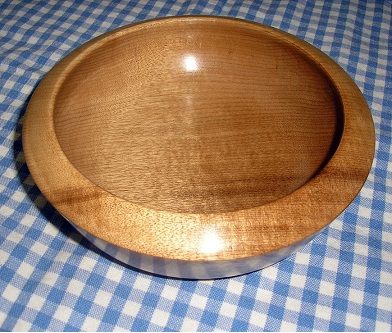The dominant beachside feature in San Clemente is the pier.
The little building at the start of the pier is a restaurant which was as packed as Ellie's had been. On Sunday only brunch is served; otherwise I might have gone back for lunch later in the day.
As is true of many southern coastal towns, the MetroLink train runs near the shore. Just as I was ready to cross the street, a train came thru. Then I noticed stairs leading to a pedestrian underpass. Nearby were murals.
I wanted to visit Casa Romantica, the mansion of Ole Hanson the developer of San Clemente. San Clemente could be considered a planned city with housing, parks, business district, schools all part of the plan done in a Spanish Revival style.
Casa Romantica is the large white building with red tiled roofs and domes a little left of center in this photo. When Mr. Hanson built his home in the 1920s, he made sure he had a prime view of the ocean. The house is built around a 5400 square foot courtyard.
I thought we might lunch at the kiosk café, but the selections were few (mostly muffins). So we headed for the main street of San Clemente. I shopped at the farmers' market stalls while my husband stepped into the public library to read some newspapers. A free city parking lot is right next to the public library which was handy for putting my purchases into the car before entering the library. The market did have some produce but also baked goods, lotions, handcrafts. I bet it would be a wonderful place to get produce in the summer. Dana Point has a farmers' market on Saturdays, but it was maybe half the size of the one in San Clemente at least this time of year.
We were not very hungry yet when we left the library. We drove to South Well's thinking we would eat ice cream and snack at something at the condo later. It turned out South Well's only has vanilla ice cream bars on a stick which they dip in chocolate then "sprinkles" of your choice. That didn't appeal to us. We walked about a block and a half to a Baskin Robbins instead.
Another beautiful and warm day we decided would be perfect for visiting San Juan Capistrano. This town is not on the coast but inland a bit, southeast of Dana Point. The mission was founded in 1775, but because of Indian revolts in San Diego, the site was abandoned for awhile. In 1776 Father Serra re-established the mission.
The complex was larger than I expected. My elementary school took field trips to Mission San Gabriel which is older but not as large. Mission San Juan Capistrano has two large courtyards. There has been lots of restoration and preservation which started in the 1930s. When Mexico became independent of Spain, it sold off the mission properties which weren't just the building plots but acres of land. Many became ranchos or ranchitos. The buildings fell into neglect. The United States took over the Mexican state of Alta California at the end of the Mexican-American war in 1848. Abraham Lincoln after being petitioned by Catholics gave the buildings themselves back to the Church.
The ruins of a large church dominate one section. The church was finished in 1806 after 9 years of construction. In 1812 an earthquake destroyed it while worshipers were inside. Several people were killed.
Mission life was regulated with schedules announced by the bells. Births and deaths were also announced by the tolling of the bells, the larger ones used for death, the smaller ones for births.
The two small bells are original to the early days of the mission; the larger ones are reproductions.
Here are some interesting items on the mission grounds.
An olive oil press
Bells carved into a wooden bench
A very old locking mechanism on a door
A swallow nest
Of course it is the story of the return of the swallows to the mission in March (legend says March 19th St. Joseph's Day) every year that has brought it fame.We lunched on the delightful patio of the Cedar Creek Inn right across the street from the mission.
I had planned to drive to a beach on the north end of San Clemente for part of the afternoon. Though it was pleasant in the shade, it had warmed up quite a bit. Since we had talked of going to the outlet mall on the east side of San Clemente right off of the freeway sometime, we decided to do it after lunch. That allowed me to look for and purchase a short-sleeved tee at Chico's. It also put us into a time of day less exposed to the direct sun rays.
That is Dana Point in the distance
This was the beach with all those rocks instead of shells
The train runs along this beach, too
We stayed about an hour, then headed north to Dana Point.




















































